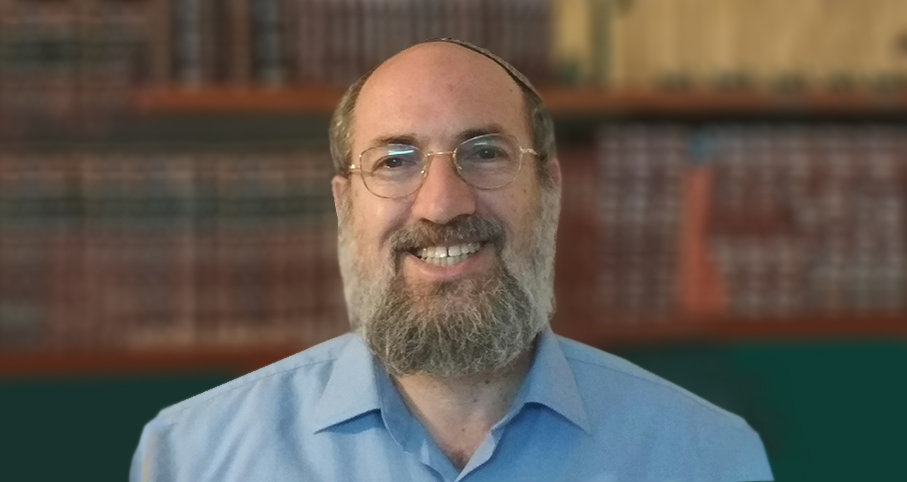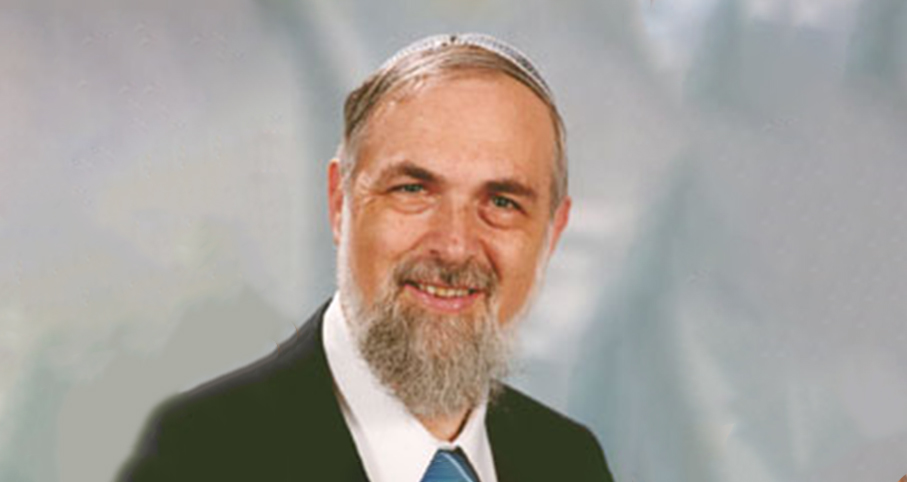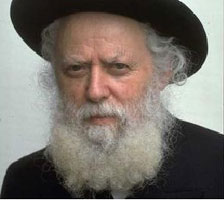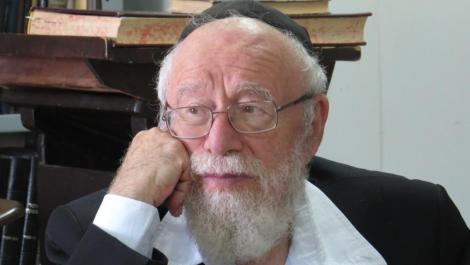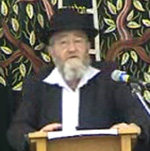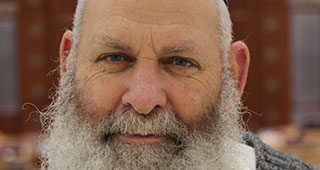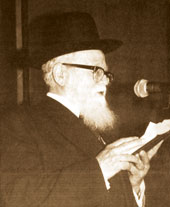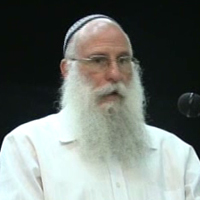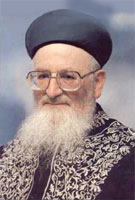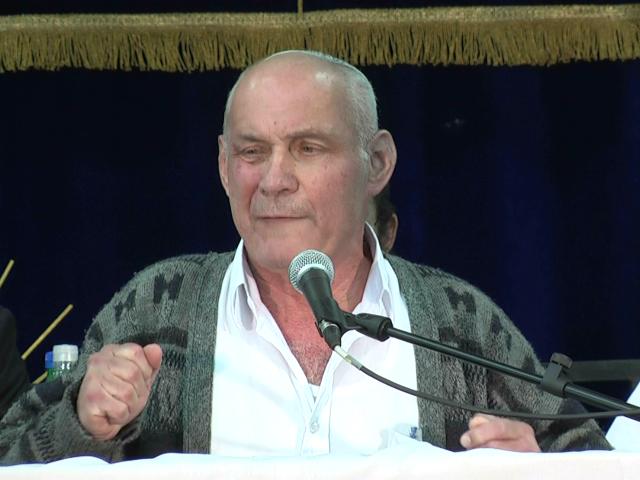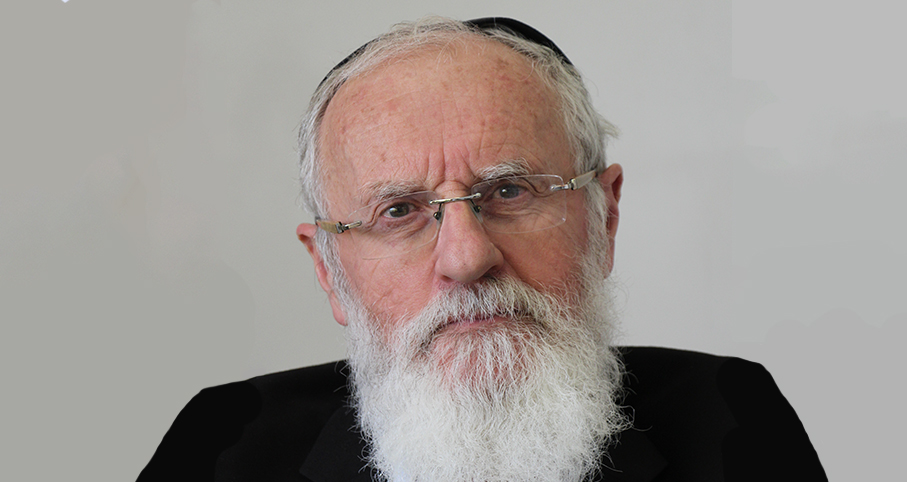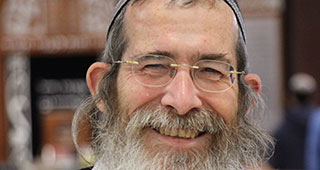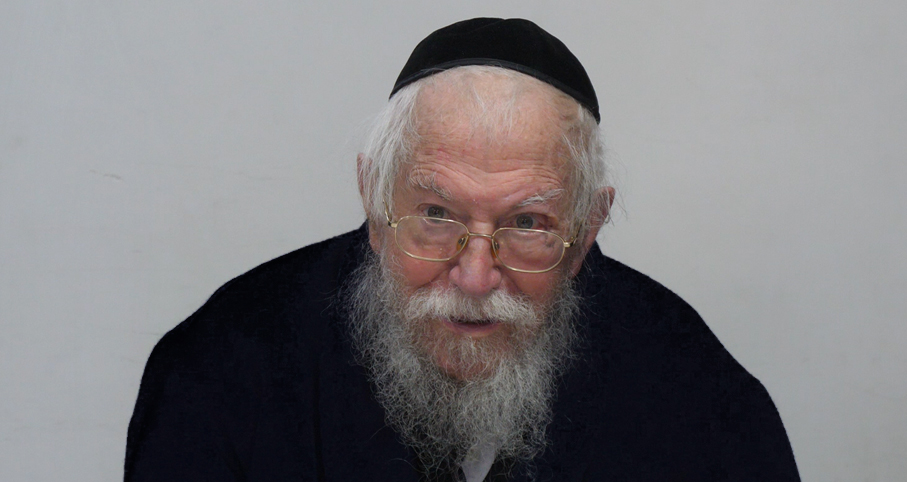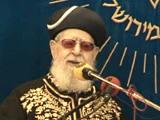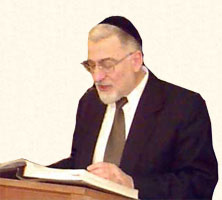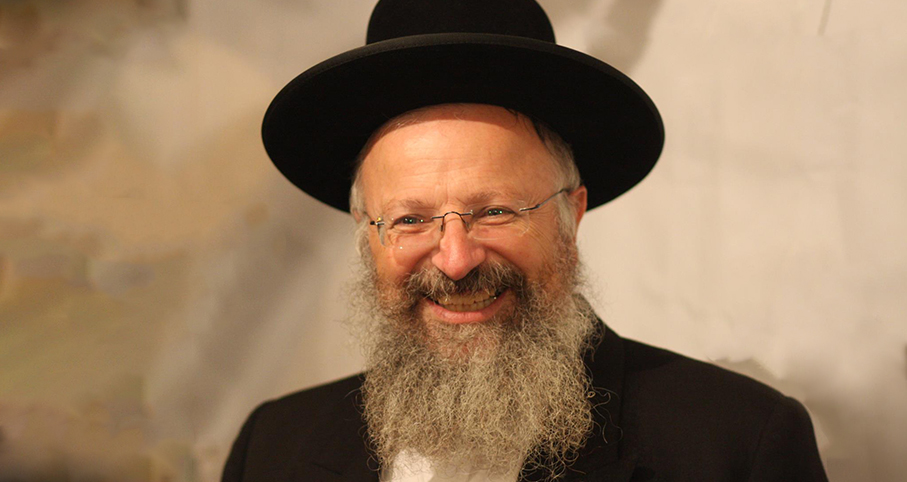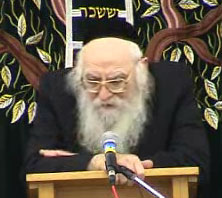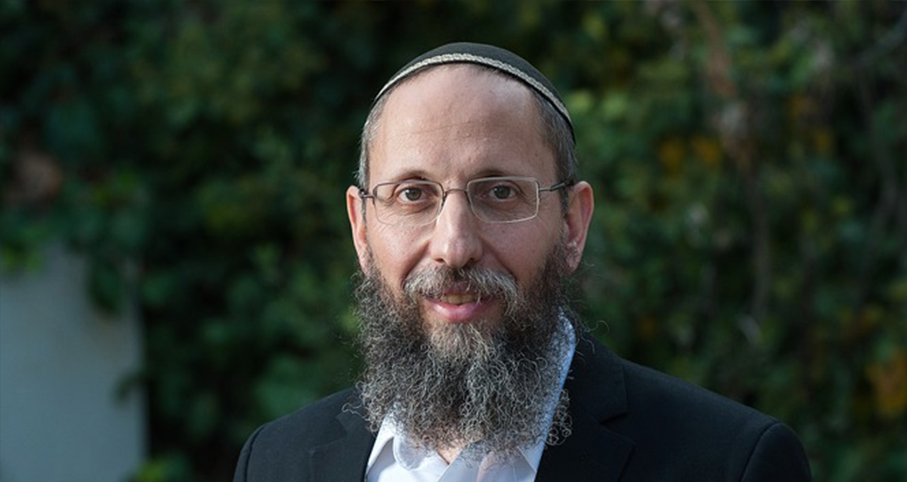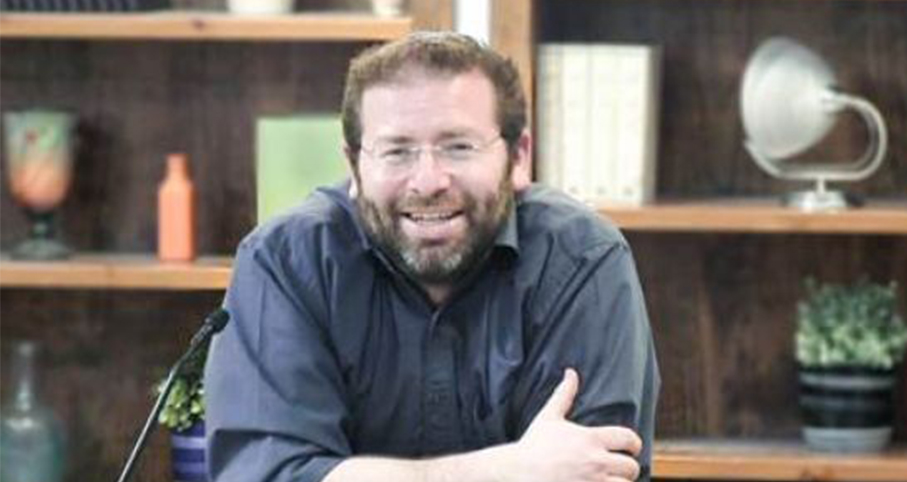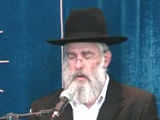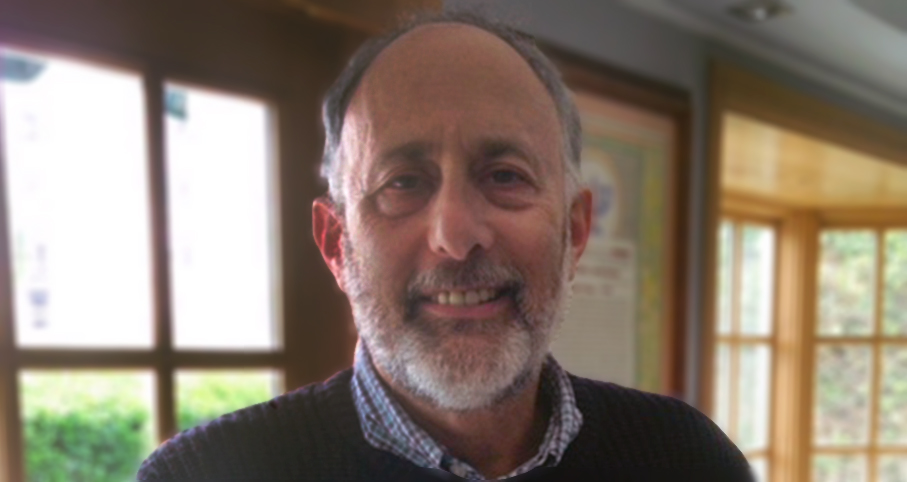Beit Midrash
- Sections
- Chemdat Yamim
- Bemare Habazak - Rabbis Questions
- Shabbat and Holidays
- Passover - Pesach
- Chol Hamoed
Answer: We must look at two things: 1. whether there is a prohibition on the hair cutting and, if so, its nature/extent; 2. whether the circumstances justify a dispensation.
Based on the basic laws of Chol Hamo’ed, haircuts should have been permitted, as melacha is permitted for needs (Shulchan Aruch, Orach Chayim 532:1). However, since the Rabbis wanted people to get haircuts/shave before the chag, they forbade doing so on the chag (Moed Katan 14a) unless one had certain special reasons he could not do so beforehand (ibid. 13b). The gemara (ibid. 14a-b) permits cutting the hair of a child, and the Shulchan Aruch (OC 531:6) rules that this is true not only for a newborn child (who had no chance before chag), but also for other children. The main explanation is that since children are not obligated in grooming themselves before Yom Tov, they are not subject to the special prohibition (Mishna Berura 571:15). However, the Magen Avraham (531:8) accepts the opinion in Rishonim that it is permitted only when the child has a real need for the haircutting (see also Aruch Hashulchan, OC 571:6). So, does having the chalaka on Chol Hamo’ed qualify as such a need?
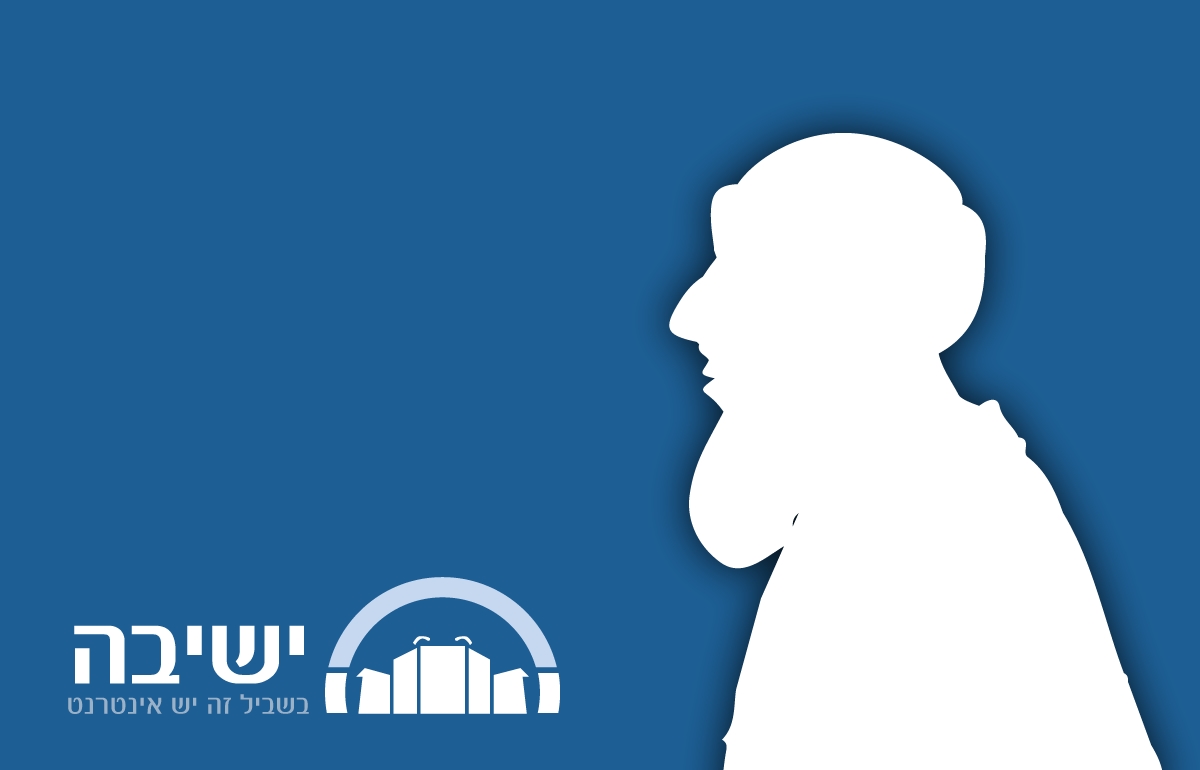
Bemare Habazak - Rabbis Questions (627)
Rabbi Daniel Mann
465 - Measuring the Amount One Can Eat/Drink
466 - Chalaka (Upsherin) on Chol Hamo’ed
467 - A Renter Having a Zecher L’churban
Load More
If one is ambivalent about the whole practice or the timing, then it is questionable to pick Chol Hamo’ed for the haircutting. But you indicate that your minhag (implying your children’s as well) is to do it on the birthday. Most poskim posit that if the birthday is on Chol Hamo’ed, this is sufficient justification on its own (see Sha’arei Teshuva 531:7; Dirshu 531:14). Therefore, for you, there is no problem.
Regarding delaying it to Chol Hamo’ed to make it nicer, there is a machloket (Sha’arei Teshuva ibid. and Peulat Tzadik III:248 permit it; Be’er Moshe VII:20 forbids it). We want to point out (for whom and when it applies) that the idea of accommodating your in-laws would have been a more significant reason than just making a "nicer" event. The minhag applies to the child’s parents. They have a mitzva of kibbud av va’em towards their parents, who generally value taking part fully, for their own sake and for the child’s sake, in their grandchildren’s life-cycle events. While a chalaka is by no means a brit or a wedding, for many who have the minhag, it is significant. Also when young couples contemplate aliya, being away from family is often a major obstacle. Therefore, legitimate, measured leniency in matters that keep the family close is appropriate when it encourages aliya and helps make it work. (The interplay of kibbud av va’em and making aliya is interesting but not for now – see Rav Yisraeli in Amud HaYemini 22).
On Chol Hamo’ed, often a melacha is permitted, but it is forbidden to pay a Jew to do the work, unless he is really impoverished (Shulchan Aruch, OC 542:2). Assuming it is hard to find such a barber, it is at least recommended to have only "volunteers" do the cutting on Chol Hamo’ed (Kaf Hachayim, OC 531:30).

Ask the Rabbi: Finishing to Eat but Continuing to Drink
Rabbi Daniel Mann | Iyar 5785

Ask the Rabbi: Owning Guns
Rabbi Daniel Mann | Adar 5785

Ask the Rabbi: Watching a Bar Mitzva Videoed on Shabbat
Rabbi Daniel Mann | Adar 5785

Ask the Rabbi: Using Replacement Mezuzot When They Are Being Checked?
Rabbi Daniel Mann | Av 5785

Rabbi Daniel Mann

Encouraging a Child to Criticize His Parent
5774

Tazria Metzora Question
5772

Reciting Kri’at Shema at the Very End of its Time
Sivan 21 5779


